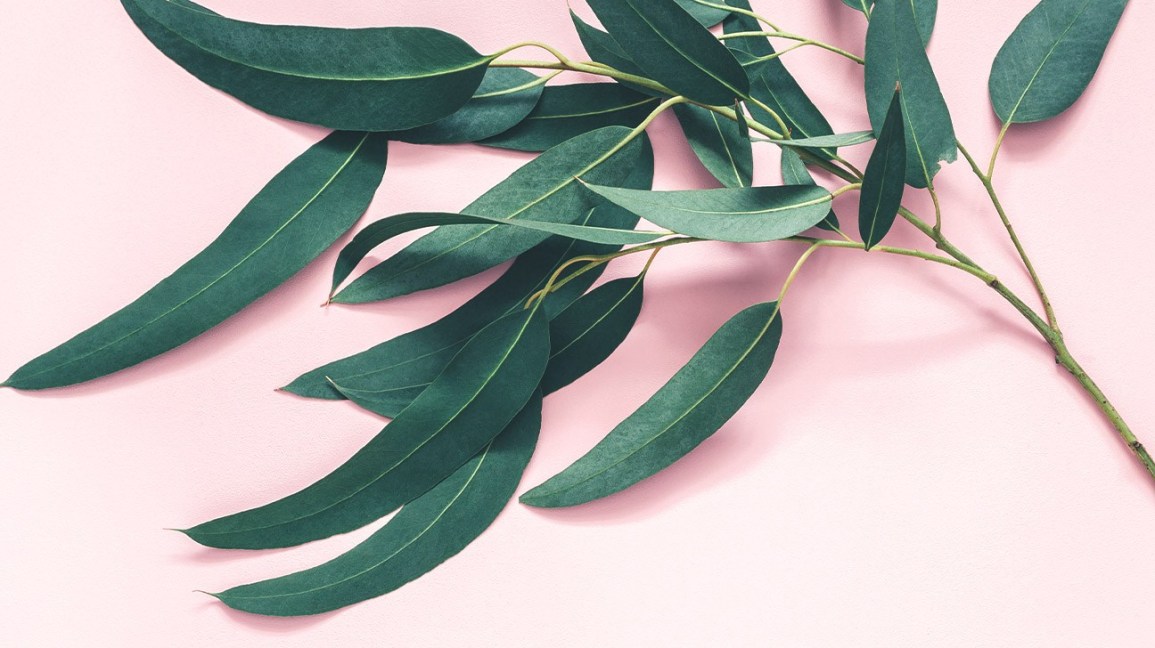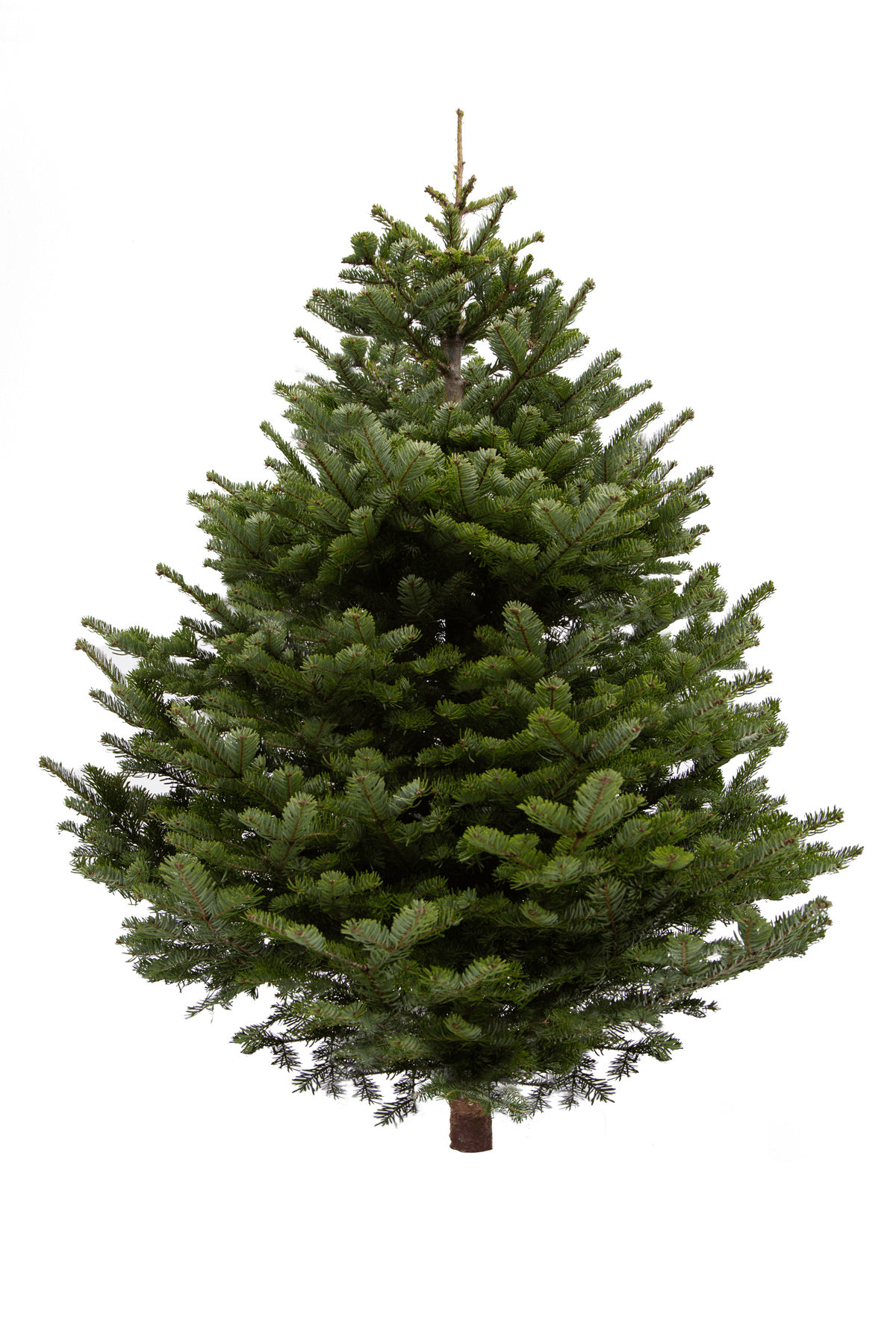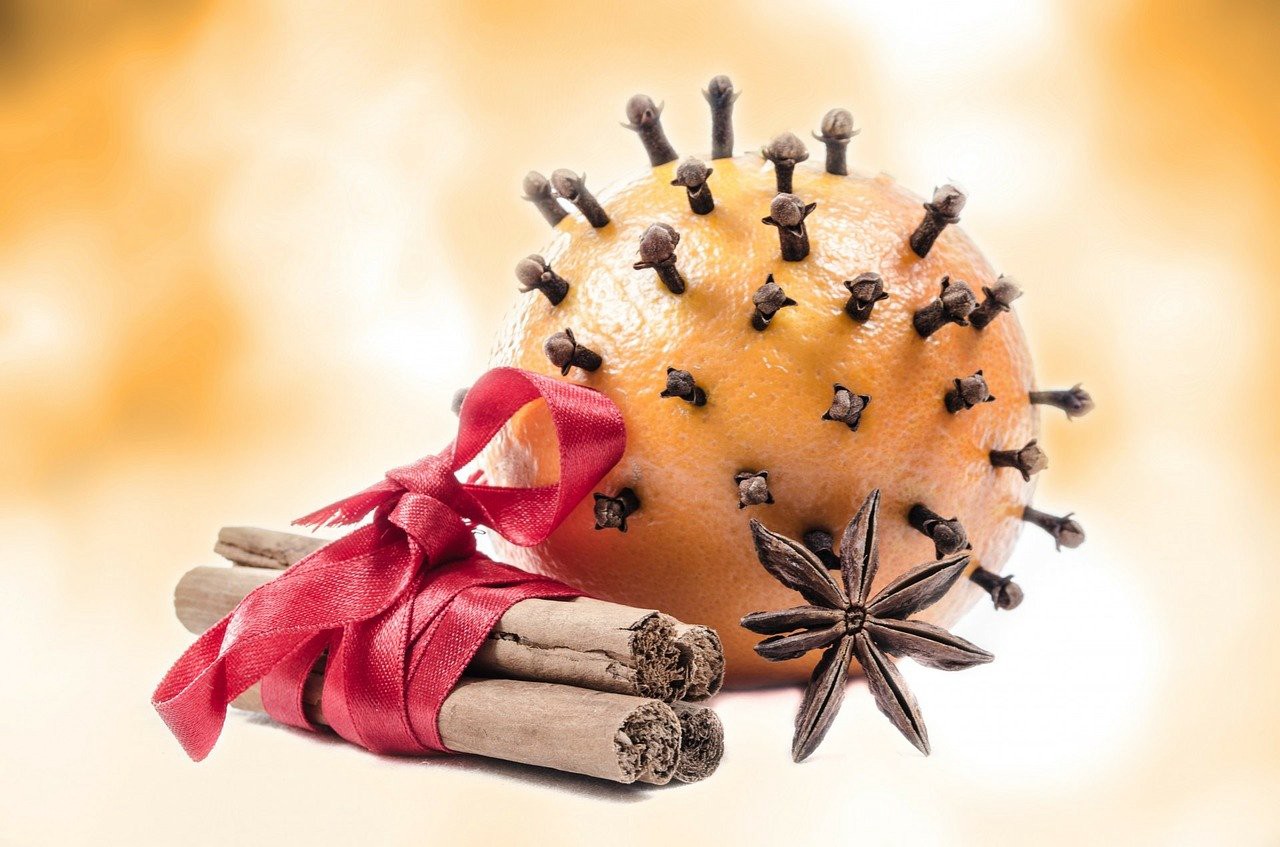Although work patterns may be changing, the majority of us still live in, or commute to towns and cities, surrounded by concrete and man-made materials. Our environment is increasingly controlled, and our surroundings change the most when our social life moves indoors or outdoors, depending on the temperature. However, humans are not naturally city dwellers and when we neglect our instinctive rhythms we not only lose a feeling of inner harmony but also miss out on enjoying the changing cycles of the natural world. It therefore becomes particularly important to make our environment support our subtle instinctive needs and help us maintain a sense of contact with our natural habitat. To help you do this, we will be looking at ways of bringing the pleasures of winter into your home.
The Indoor Season
It may not be everyone's favourite season but winter doesn't have to be drab and cheerless. In fact, the rituals of winter can be a real feast of delights for all the senses. And whether you celebrate the festivities or not, you can still enjoy the seasonal colours, textures and aromas that lift the spirits at an otherwise restful and dormant time of year.
The fragrances that we associate with winter are the woody aromas of pine, cedarwood and cypress. Also appropriate to celebrate the season are spices such as cinnamon, clove and nutmeg, and the tangy smells of citrus fruits, such as mandarin, tangerine and orange. Of symbolic significance during a northern Christmas are, of course, frankincense and myrrh which, together with gold, were given as gifts to the infant Jesus.
To this traditional fragrance palette we also need to add the medicinal or camphoraceous remedies designed to relieve seasonal coughs and colds. Oils such as eucalyptus and tea tree not only help keep infection at bay but also blend well with woody fragrances.

The Evergreens
Decorating the home with evergreens is a tradition which goes back to the Romans, who gave branches of greenery during the winter festivals to symbolise good luck. Holly and mistletoe, plants usually associated with Christmas, have very little aroma. Ivy, another seasonal favourite, has a green yet rather acrid fragrance that may not be to everyone's liking. Rosemary and bay, two powerfully fragranced herbs, have traditionally also been included in winter bouquets.
The real evergreen winners are the coniferous plants, such as pine or fir, that will fragrance the home for several days. However, modern central heating soon dries them out and reduces the fragrance, so use a plant spray at least once a day, containing four drops of pine essential oil and two drops of lemon essential oil to 500ml of water. This will help to freshen and revive greenery whilst counteracting the dryness of the atmosphere. Use this blend on Christmas trees, garlands or wreaths.

If you don't want to use real evergreens, you can make an artificial decoration more realistic by spraying with the pine blend so that the familiar fragrance will convince everyone that you are using the real thing. Whether you are using evergreens to decorate you home or not, regular use of essential oils like pine, eucalyptus and tea tree, in room sprays or burners, can significantly help to prevent the spread of infections throughout the winter months. It can also help to relieve general congestion of the respiratory tract and counteract the muzzy-headed feeling that can be the result of too long spent in a warm, poorly-ventilated atmosphere.
Winter Burner Blend
Use the following blend in a burner or add the neat oils to 500ml of cold water in a room spray and use regularly to mist the air. Both methods have the added advantage of adding a little moisture to the air at a time when central heating can be very drying. It is a very useful 'all purpose' mixture that celebrates the winter festive mood, but is also invigorating and effective against airborne infections.
- 2 drops pure pine essential oil
- 2 drops pure eucalyptus essential oil
- 2 drops pure rosemary essential oil
- 1 drop pure lemon essential oil
- 1 drop pure cinnamon leaf essential oil
Citrus and Spice
Spices have been traded around the world since ancient times. The value of plants like nutmeg and cinnamon was so great that countries fought over the rights to trade in them. For many centuries they were to cover up the smell and taste of rotting meat, and while they're considered less precious today, they are still valuable for their piquant taste and aroma.
Many essential oils from spices tend to have potential skin irritant properties, so they are generally used in small quantities in aromatherapy. They also share several properties in common, being beneficial for the digestion and usually warming and stimulating.

Spices and citrus fruits are often linked, both in cooking and fragrance. Traditional pomanders were made by pushing clove buds into citrus fruits such as limes or oranges, but although they are simple to make, they need to be kept in a warm, dark place for several weeks before they are ready. One of the delights of using essential oils is that you can achieve an instantaneous effect.